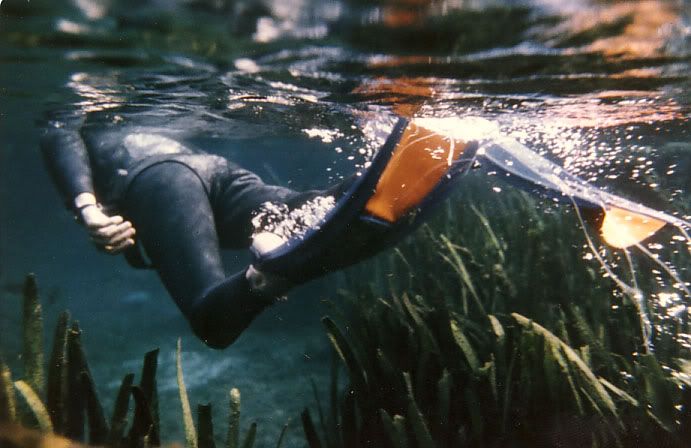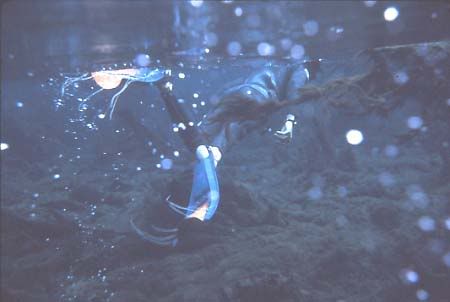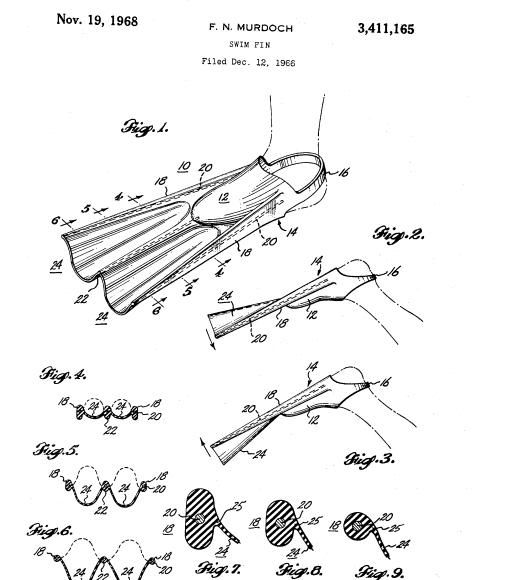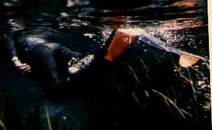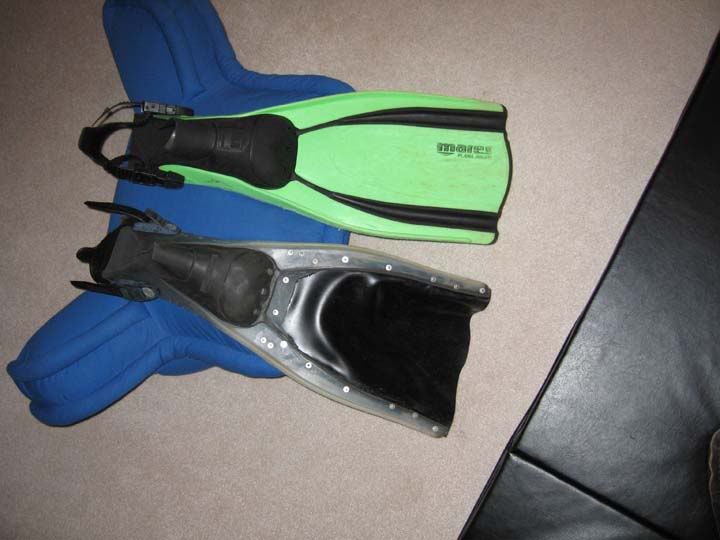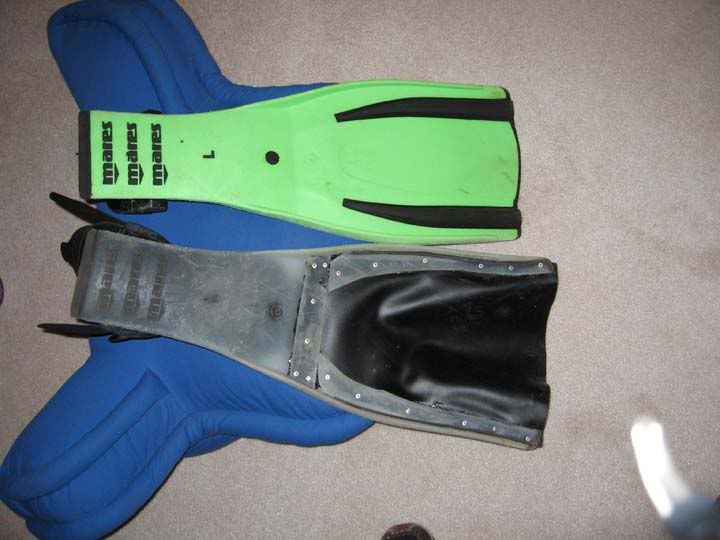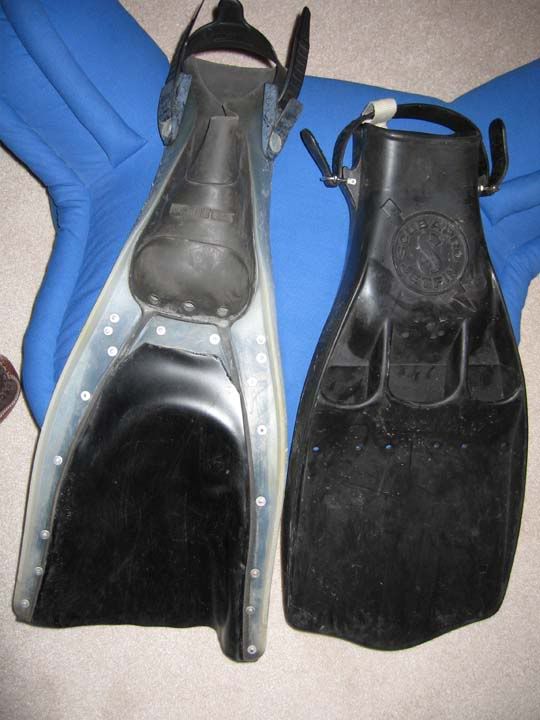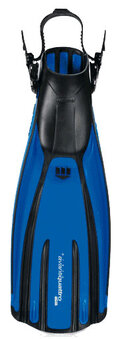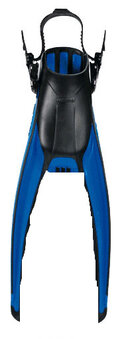Hi SangP,
I got your PM, and will make some comments here. I will also answer some of Bob's input too.
I see you found my photos that I took in Alexander Springs State Park in 1970. If you want to see more on the scoop fin, look on this
Vintage Scuba Supply website.
Your problem with the Mares Quattro, and I'm assuming that this is the Quattro Excel, has to do with the fin design for the upstroke. Bob has for years been talking about the problems of flat blades and their resistance on the upstroke, which is the basis for his original Force Fins (no resistance on the upstroke). It is this resistance which is causing you the cramps and pain. I was disappointed that Mares did not go to a full-out scoop fin design when they designed the Quattro Excel. They got the idea right (sort of) on the down stroke, where there is a pretty good scooping action of the blade. But due to the side walls of the fin just beyond the foot pocket, there is no bending of the fin blade on the up stroke until about half way down the blade. This presents a huge surface area (more than 6" x 9", or 54 square inches) that you have to drag through the water to "recover."
So, how to modify the Mares Quattro Excel to make them better? I have a pair, and have tried them against my home-made scoop fin design based upon the earlier Mares Plana design, which I modified with a scoop. The earlier design allowed bending just below the foot pocket, but the Quattros don't. So my initial modification would be to cut out just about all of the black rubber part of that rib down to the plastic to allow bending at the foot pocket. I'd retain about a quarter inch of material, and try it. If it still doesn't bend there, then I would cut it down further. Since I have a pair, if you'd like I'll do that to mine and report back. The blade itself does cup to form the scoop, but not as much as I like. Mine form a 180 degree circle at the end of the fin. The Mares Quattro are close to the 180 degrees on the downstroke, but only slightly cupped on the upstroke due to the problems with the design of the ribs not allowing the bending action necessary.
Now, on the thoughts that Bob Evans stated, that the strings from the scoop fin come out at a 90 degree angle to the direction of travel, I'd like him to look again. The strings actually move out at the plane of the flexible scoop membrane until they hit still water several inches away.
Here is the patent that covered the scoop fin design:
I'll have more informaton later--supper time (I'm being called;-)
SeaRat



